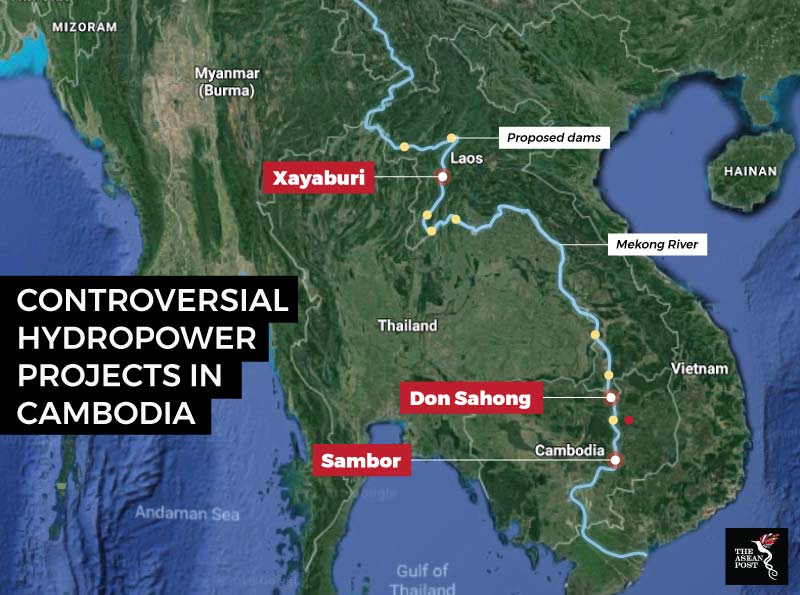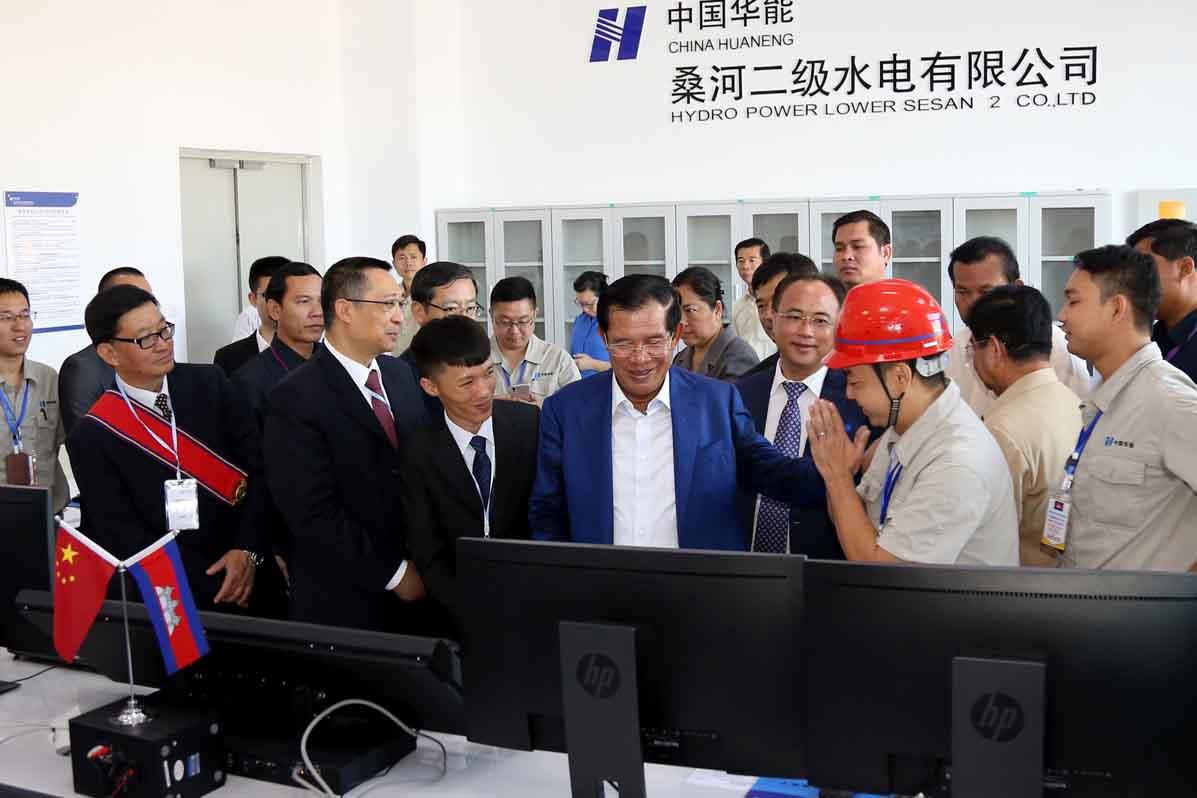Along with most Southeast Asian countries, Cambodia’s electricity consumption over the past decade has skyrocketed. In a report by the World Wildlife Fund (WWF), electricity consumption in Cambodia has been growing rapidly, averaging 20 percent growth per annum since 2010. This rate continues to accelerate as average incomes in the nation rise on the whole.
Despite the growing consumption of electricity, Cambodia is one of the few countries in the region that has low access to electricity. In fact, Cambodia has one of the lowest electrification rates at just 60 percent nationwide. Only 62 percent of villages and 53 percent of households have access to grid quality electricity in the country.
The promise of hydropower
Enter hydropower. With the Mekong River flowing through the country, it is no coincidence that hydropower is Cambodia’s main source of energy accounting for more than 40 percent of total electricity generation. That figure could go higher in the near future as there is still plenty of untapped hydro potential, especially in the lower Mekong area.
Noticing this potential, Cambodia has encouraged the construction of dam projects along the Mekong in order to fulfil its target of achieving 100 percent electricity access by 2020.
Just recently, Cambodian Prime Minister Hun Sen launched the country’s newest hydropower scheme. The 400-megawatt Lower Sesan 2 is said to have cost US$780 million to build and was backed by Chinese funding.
This project is not the only one backed by Chinese money in Cambodia. As part of China’s massive Belt and Road Initiative (BRI), a number of Chinese companies have received approval from the Cambodian government to build hydropower dams across the Mekong. In 2016, Cambodia saw the construction of six hydropower dams. All these projects were built and financed entirely by Chinese companies. Source: Various sources
Source: Various sources
Potential risks
Cambodia’s reliance on hydropower for its energy needs could have a detrimental effect on the country.
Last year, hydropower projects in the region came under heavy scrutiny following a dam collapse in Lao which killed more than 30 people. Many observers are beginning to question the safety standards of dams being constructed in the region.
There are also various other reasons behind the Lao dam collapse. Some blame the shoddy design or construction, while there are some who pin it on climate change and the resulting heavy downpours. With the Cambodian government looking to construct many dams quickly, safety is a legitimate concern.
There is also a growing concern that the construction of these dams could have an adverse impact on the Mekong river. Construction of dams along the Mekong raises immediate risks for fisheries, farming, and food security in Cambodia as multiple upstream hydropower dams disrupt flood cycles, nutrient flows, and sediment transport.
Due to such concerns, the aforementioned Lower Sesan 2 dam has raised the ire of various activists and environmentalists. Environmentalists warn that around 5,000 people, mostly from vulnerable indigenous groups could be displaced by the project. International Rivers, a non-profit, non-governmental, environmental and human rights organisation has said that the dam will have a “costly catastrophic impact on the Mekong River's fisheries and biodiversity".
The Cambodian government is aware of the potential problems associated with hydropower. According to Nao Thuok, a Secretary of State at the Ministry of Agriculture, Forestry and Fisheries, the government is currently operating on projections of a 16 to 30 percent drop in fish biomass. This loss in aquatic life would not just affect the natural life of the area, but also that of surrounding communities. The people who live around areas slated for these proposed hydropower projects could potentially lose their livelihoods and also have their homes affected.
In June 2018, a leaked environmental impact assessment report revealed that the proposed Chinese-backed Sambor Hydropower Dam could “literally kill” the Mekong River.
The Sambor Hydropower Dam was singled out in the report as the “worst possible place” to build a dam. The construction of the dam could kill off most aquatic life surrounding it – most notably the Irrawaddy dolphins.
Increasing access to electricity is a necessary move by the government but it cannot come at the expense of the environment. If the Cambodian government decides to go ahead with its hydropower projects, then proper planning must be put in place. Moves to mitigate the potential damage to the Mekong must also be carried out as well.
Related articles:
How hydropower could kill the Mekong
Hydropower: Giving more than a dam
Financing hydropower in Southeast Asia
